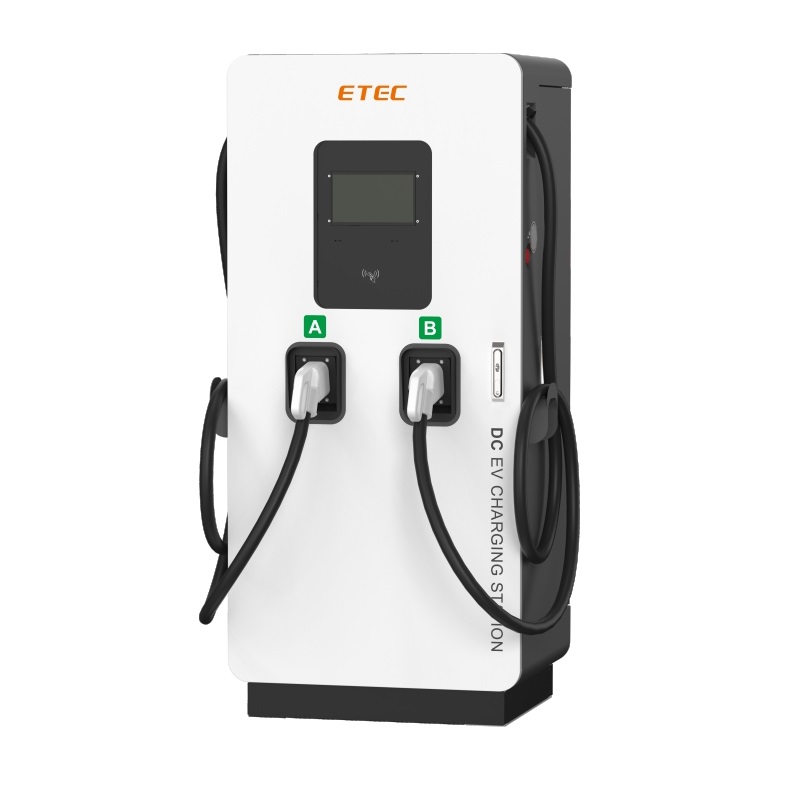How to install ev charging station?
With the increasing popularity of electric vehicles (EVs), installing a home or commercial EV charging station has become a practical and convenient choice. Here is a step-by-step guide on how to install an EV charging station.
1. Planning and Preparation
Before starting the installation, it is crucial to conduct a thorough assessment. Consider the location where you want to install the charging station. For home use, a garage or driveway is often a popular choice. Ensure that the location has access to a reliable power source and is close enough to where the EV will be parked. Measure the distance from the electrical panel to the proposed installation site to determine the length of cable required.
Also, check local building codes and regulations. Some areas may have specific requirements regarding electrical installations and permits. Contact your local municipality or a professional electrician to understand any necessary paperwork and compliance measures.
2. Determine the Charging Station Type
There are different types of EV charging stations available, mainly categorized as Level 1, Level 2, and DC fast chargers. Level 1 chargers use a standard 120-volt household outlet and are the slowest, typically adding about 2-5 miles of range per hour of charging. Level 2 chargers, which operate on 240 volts, are more common for home and some commercial installations and can provide around 10-60 miles of range per hour. DC fast chargers are extremely powerful and are usually found in public charging stations, capable of adding significant range in a short time but requiring a much higher power supply and more complex installation.
For most home and small business applications, a Level 2 charger is a good balance between charging speed and cost.
3. Electrical Capacity Assessment
To install a Level 2 or DC fast charger, you need to assess your electrical system's capacity. Check the rating of your electrical panel. A Level 2 charger typically requires a dedicated 240-volt circuit with a capacity of 30-50 amps. If your panel does not have enough available capacity, you may need to upgrade it. This may involve installing a larger panel or redistributing the electrical load. It is advisable to consult a professional electrician to conduct a load calculation and determine if any upgrades are necessary.
4. Purchase the Charging Station
Once you have determined the type of charging station and assessed your electrical system, it's time to purchase the equipment. Look for a reliable brand with good reviews and a warranty. Consider features such as smart connectivity, which allows you to monitor and control the charging process remotely via a smartphone app. Some charging stations also come with built-in safety features like overcurrent protection and ground fault detection.
5. Installation Process
Mounting the Charging Station: Follow the manufacturer's instructions to mount the charging station securely on the wall or a suitable stand. Ensure that it is installed at a convenient height and location for easy access and cable management.
Electrical Wiring: If you are installing a Level 2 charger, run the appropriate gauge of wire from the electrical panel to the charging station location. This usually requires conduit for protection. Connect the wires to the breaker in the panel and to the terminals on the charging station, following proper electrical wiring practices. Make sure all connections are tight and properly insulated.
Grounding: Proper grounding is essential for safety. Connect the charging station's ground wire to the grounding system of your electrical panel or a suitable grounding electrode.
Testing: Before using the charging station, conduct a series of tests. Check for any loose connections, unusual noises, or electrical faults. Use a multimeter to verify the correct voltage and current output. Some charging stations have a built-in self-test function that can help identify any issues.

6. Final Checks and Maintenance
After installation, double-check all connections and ensure that the ev charging station is operating smoothly. Regularly inspect the cable and connectors for any signs of wear or damage. Keep the area around the charging station clean and free from debris. If you notice any problems with the charging station, such as slow charging speeds or error messages, contact the manufacturer's customer support or a professional electrician for assistance.
Installing an EV charging station may seem like a complex task, but with careful planning, proper equipment selection, and professional installation if needed, it can be a straightforward and rewarding process. It not only provides convenience for EV owners but also contributes to the wider adoption of electric vehicles and a more sustainable future.



















